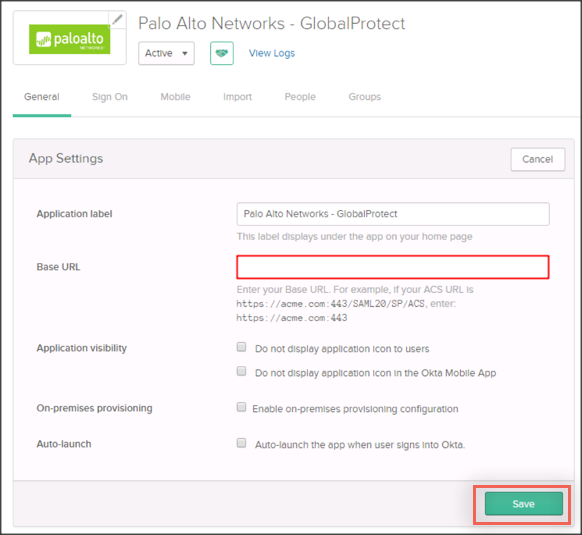
Create or verify that you have an administrator account with your IdP using an email address.You may need to open an Adobe Sign support ticket to get your domain enabled from the backend Enable SAML for your domain using a provider such as Microsoft Active Directory Federation, Okta, Onelogin, Oracle Identity Federation, or others.Claiming your Domain is a multi-step process that you should start right away.Claim and establish your Domain Name (For the examples in this guide, this will be .).If your corporate network does not support SAML, contact Adobe Sign Support to discuss other options to enable Single Sign On in your account.īefore beginning to set up SAML SSO, you must do the following: To enable SSO, your corporate network must support the SAML 2.0 protocol. If the assertion is still within its validity period, has an identifier that has not been used before, and has a valid signature from a trusted identity provider, the user is granted access to Adobe Sign.Ī summary of the Adobe Sign authentication specification is included in the table below:

The SAML assertion has a limited validity period, contains a unique identifier, and is digitally signed. Adobe Sign also supports encrypted assertions. Instead, Adobe Sign receives a SAML assertion in an HTTP POST request. Federated authentication does not validate the user's actual password in Adobe Sign. You can also configure Adobe Sign for single sign-on (SSO) with other systems already used in your organization, for example, or other providers that support SAML 2.0.Īdobe Sign uses federated authentication as opposed to delegated authentication.

Enabling SAML Single Sign-on with Oracle Identity Federation.Enabling SAML Single Sign On for OneLogin.Enabling SAML Single Sign On for Microsoft Active Directory Federation Service.More information on integrating with these identity providers (IdPs), can be found in the following guides:

Adobe Sign is compatible with all external IdPs that support SAML 2.0.

Provider (IdP), and a SAML consumer - a service provider (SP).Īdobe Sign, acting as the service provider (SP), supports single sign-on through SAML using external identity providers (IdPs) such as Okta, OneLogin, Oracle Federated Identity (OIF), and Microsoft Active Directory Federation Service. When you use the SAML 2.0 protocol to enable single sign-on (SSO), security tokens containing assertions pass information about an end user (principal) between a SAML authority - an identity The identity federation standard Security Assertion Markup Language (SAML) 2.0 enables the secure exchange of user authentication data between web applications and identity service providers.


 0 kommentar(er)
0 kommentar(er)
